"Wireless" power switch for energy-saving vehicles
In recent years, energy saving has become a hot topic in new automotive technologies and trends. Looking back at the past 20 years, the electronicization of cars is mainly driven by drivers for more comfortable and luxurious equipment, such as electric windows, electric sunroofs and convertible covers, high-end audio equipment, electric seats, air conditioning or electric hydraulic power steering systems, etc. Driven by the desire, these devices all increase the demand for semiconductors and electronic parts in automobiles. Now, the primary goal of electronic car design has been different. Although luxury equipment and better driving functions are still important for cars, now and for the foreseeable future, most of the electronic systems used in contemporary cars are also to reduce emissions, improve fuel efficiency, and reduce the power consumption of in-vehicle systems. As the driving force.
The best way to achieve this goal is to use more efficient and smarter electronic systems to replace the car's mechanical and hydraulic systems. A typical example is to replace hydraulic or electrohydraulic systems with electric steering systems; electric motor drives instead of continuously running belt drive systems, like air conditioner compressors, turbo chargers, or other pumps and fans. Even some lighting applications, such as energy-saving "high intensity gas discharge lamps" (HID) or LED Lamps , are used to replace traditional light bulbs that lack efficiency. Eventually, the internal combustion engine will also be replaced by an efficient electric motor, as we now see in the power systems of hybrid and electric vehicles.
Automotive electronics has also made these semiconductor suppliers of International Rectifier (IR) to develop high-efficiency power management solutions, so as to maximize the energy efficiency of these applications. IR's advanced power management solution combines very advanced silicon technology and revolutionary new packaging technology to improve both the performance and durability of automotive systems. Especially in packaging, we bring innovative solutions to system designers, as well as new ways to design ECUs, motor drives and power supplies.
Today's silicon technology enables very good switching, such as the latest channel MOSFETs and IGBTs. However, related packaging technologies often use very conservative soldering methods to attach silicon chips to substrates or lead frames and connect their surfaces with bonding wires. As early as 2002, IR has begun to develop new connection interfaces. It is hoped that through simple packaging, our best silicon technology can be connected to power circuits, and the interface between current and heat flow is minimized. The end result is that we have developed DirectFET technology that eliminates bond wires. The realization of this technology relies on the front metal of the silicon switch being solderable, so that the MOSFET surrounded by a simple metal shell can be directly soldered to the printed circuit board. The concepts shown in Figures 1 and 2 are mainly simple in design, minimize materials and interfaces, and the most special is that there is no need to use bonding wires to achieve the best power and temperature performance. In addition, this concept can also improve the quality and reliability of automotive systems because it eliminates the dominant failure mode in the automotive power cycle: the so-called bond wire detachment.
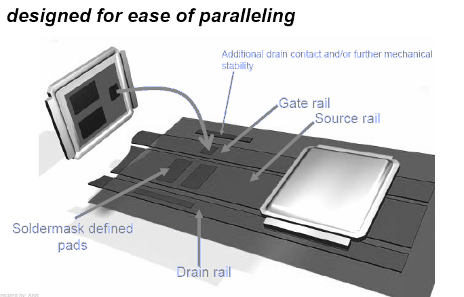
Figure 1: DirectFET soldered on the PCB.
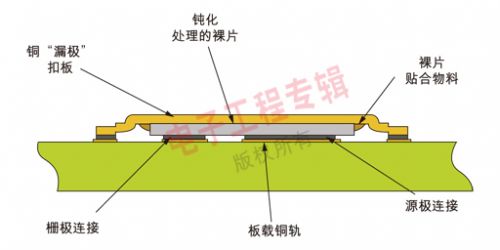
Figure 2: Cross-section of DirectFET: The temperature and power interface of the silicon chip is minimized, and the power and temperature performance is far beyond the standard package with bonding wires.
The direct packaging concept is ideal for automotive applications that simultaneously demand superior performance, quality, durability, and long-term reliability. At the same time, IR optimized the DirectFET concept, resulting in the DirectFET2 product line that we launched earlier this year and was fully automotive approved. The relevant car chip is surrounded by a small shell, allowing customers to introduce very innovative design concepts for their electronic control units and power stages. These DirectFET2 switches can dissipate heat by different methods, including dissipating heat from above the device, eliminating the need for components to pass through the PCB, or even using the sides of the ECU housing for cooling, and without having to reduce the temperature by other heat dissipation parts in the ECU design . Customers can thus produce proprietary system solutions to stand out from other competitive pairs that use standard packaged parts and bonding wires.

Figure 3: Selection of various innovative heat dissipation methods for DirectFET2 for automotive
IR extends its bond wire-free strategy to all automotive power switches. Its latest generation of IGBT also has IR's proprietary front metal soldering technology, which provides chip connection without bond wires at all, and also implements the double-sided heat dissipation concept for high-voltage systems using IGBTs and diodes. As far as I know, IR is the first company to introduce commercial vehicle-approved IGBTs with bare chips and positive metal soldering technology, enabling customers with silicon processing capabilities to build and design their own double-sided heat dissipation bondless wire power modules Or power level. With IR's front-side metal solderable devices, system designers who can't normally access proprietary silicon technology can now enjoy the world of "wireless automotive power management."
In addition to bare chips, IR will also provide proprietary chip carrier solutions. The solution comes with front-side metal-weldable IGBTs to support customers whose production lines cannot handle bare chips. The most advanced high-performance IGBTs are manufactured on very thin wafers with a thickness of only 60 to 70 microns. These silicon wafers are thin and flexible, just like paper, so they must be processed using extremely professional procedures and expensive equipment. Many Tier 1 and Tier 2 system suppliers are reluctant to invest in this expensive equipment, nor do they want to experience the thin chip processing process that requires long-term study to become proficient, nor do they want to withstand the very high benefits of thin chip processing Rate wear.
IR's new automotive power switch, which is attached to a proprietary chip carrier, will wipe out these concerns. We will provide standardized proprietary chip carriers with large IR chips (IGBT and MOSFET) pre-attached. They will then become part of the customer's power module. For example, our DirectFET2 metal case becomes part of the PCB circuit, and allows everyone to use the most sophisticated IGBTs and thin chips instead of using thin chip equipment. As a silicon technology expert, IR will be responsible for the most difficult part, namely the manufacturing process of making thin chips into substrates, as well as the final testing of switches at the bare chip and wafer level, which will be solved one by one. As long as IR ’s front metal weldable product line for automobiles is utilized, even standard installation machinery and welding equipment will be sufficient to cope with very advanced power module or ECU concepts.
For our customers and system designers, the biggest benefit of the new device is not just the improvement in electrical performance, better switching performance, and optimized double-sided heat dissipation (we can increase the overall heat exchange area by at least 50% , A 35% reduction in RthJC, and an increase in silicon current density of about 25%), and a simple manufacturing process are important advantages. Another extraordinary benefit will be realized in the application-related system layout and application size, as well as in the life of the car. When the bond wire is disengaged in the relatively durable DBC module or the first failure mode in the power cycle stress, the bond wire-free IGBT using IR's proprietary front metal solderable technology will have the opportunity to extend the power cycle capability by an order of magnitude .
Figure 4 shows the power cycle test IR is running. This test pin is for a customer's customized IGBT system. It will break the bonding wire after a few 10,000 temperature cycles and compare it with the results of the same continuous cycle test using the non-bonding wire system. You can see the results It shows a big difference. With significant reliability extensions, power cycle energy efficiency system designers can reduce their power stage size.
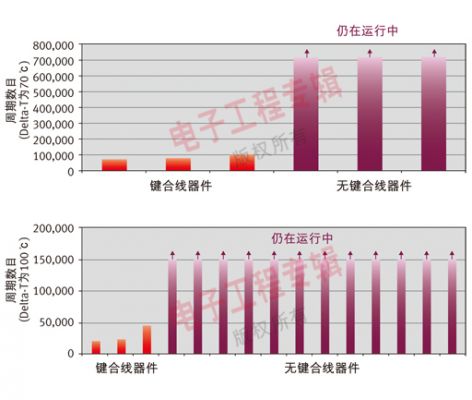
Figure 4: Comparison of the power cycle energy efficiency of bond wire IGBT and non-bond wire double-sided solder IGBT in a proprietary customer ceramic package. The two graphs above show different temperature and pressure conditions, and each ribbon represents each individual device under test.
In order to avoid premature bond wire disconnection failures in practical applications, designers usually use expensive substrates and heat sinks, plus oversized power switches to reduce Delta-T temperature swings per power cycle . In comparison, the chip size of a bond-free system can be greatly reduced, and the system can operate for longer periods under more severe cycle conditions. This shows that inverters, DC-DC converters and other power management applications in automobiles are able to significantly reduce system costs through front metal solderable devices. Designers can thus make improvements in many aspects such as performance and reliability.
To help system designers complete the entire power stage development work with appropriate control ICs, IR provides a variety of automotive driver IC options that can meet advanced inverter, converter, power supply topology and system requirements. Our proprietary automotive high / low voltage gate drivers have excellent durability and latch-up immunity. In the voltage range below 75V, the design can control the driver based on a proprietary intelligent power program to achieve a very large current switch. When the voltage is between 100V and 1,200V, IR also provides a very high voltage interface isolation driver IC series, which is equipped with a market leading negative transient voltage spike safe operating area (NTSOA). The failure mode of the IC is usually due to the large current inductive load to achieve the switching half-bridge, which causes a large negative voltage spike, which is called the blocking effect. These ICs are designed for durability and latch-up immunity, and are the best choice for driving large IGBTs with extremely high current density (such as front-side metal solderable devices). If the system designer needs a larger drive current, the buffer IC provided by the device can also be used to provide the maximum current capability of 10A.
In short, IR provides a series of devices that allow automotive power system designers to select a complete chipset for very advanced "wireless" power management, thereby supporting the energy efficiency of future vehicles, even in the harshest environments For difficult switching tasks, these devices can also cope with ease.
Build the Best 400nm UV LED !
Our LED products have 5 year warranty.
We are the best supplier for your light-emitting diode.
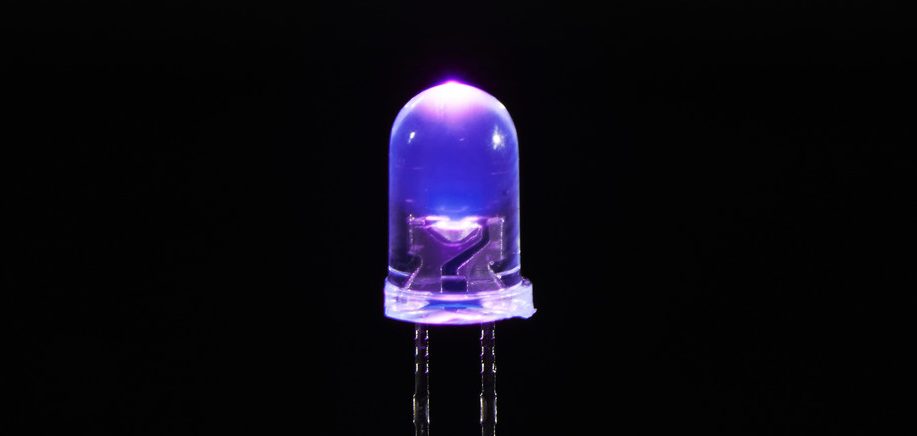
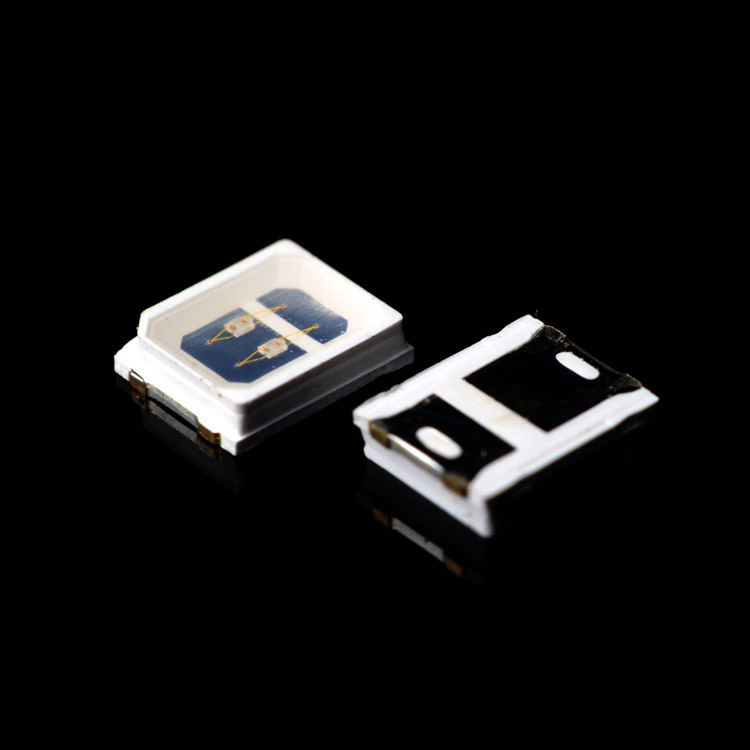
We
supply variety of 400Nm LED products. Including Through-hole 400nm LED ,
SMD 400Nm LED and high-power 400nm LED. We can also produce 400nm LED
according to your requirement.
For the Through-hole Light Emitting Diode 400nm LED,
we
can customize the shape, the lighting angle, the number of emitting
source, the flat pin LED and braided LED. Such as: 5mm purple 400nm LED,
5mm purple 405nm LED, 5mm purple 410nm LED, 5mm purple 415nm LED, 5mm
purple 420nm LED, 5mm purple 425nm LED, 5mm purple 430nm LED. 3mm Purple 410nm LED, 3mm Purple 415nm LED, 3mm Purple 420nm LED, 3mm Purple 425nm
led, 3mm Purple 430nm led, 3mm Purple 400nm LED, 3mm Purple 405nm LED, 3mm Round Purple LED ect.
There are many other shapes for your choose. Customized purple LED are available
For the SMD LED 400nm LED,
we
can supply dual-chip purple LED, three-chip purple LED, multi-chip
purple LED, high voltage LED, flashing purple LED and variety of size
SMD LED. For instance: 3528 SMD purple 400nm LED, 3528 SMD purple 405nm
LED, 3528 SMD purple 410nm LED, 3528 SMD purple 415nm led, 3528SMD
purple 420nm led, 3528 SMD purple 425nm LED, 3528 SMD purple 430nm LED. 2835 SMD Purple 400nm LED, 2835 SMD Purple 405nm LED, 2835 SMD
Purple 410nm LED, 2835SMD Purple 400nm LED, 2835SMD Purple 415nm LED,
2835SMD Purple 420nm LED, 2835SMD Purple 425nm LED, 2835SMD Purple 430nm
LED.
There are also have many other shapes to choose, like the
5050 SMD Purple LED, the 5730 SMD Purple LED ect. You can choose any one
of them for your requirement.
365Nm LED is a ultraviolet LED. Common ultraviolet LEDs are like: ultraviolet 400nm LED, ultraviolet 405nm
LED, ultraviolet 410nm led, ultraviolet 415nm led, ultraviolet 420nm LED, ultraviolet 425nm
LED, ultraviolet 430nm LED and so on.




400nm LED
400Nm LED,SMD 400Nm LED,Waterproof 400Nm LED,400Nm 1W LED
Shenzhen Best LED Opto-electronic Co.,Ltd , https://www.bestsmd.com